Research Scientist Intern
NVIDIA, Zurich, Switzerland
- Working with the Spatial Intelligence Lab under Zan Gojcic on Neural Reconstruction and Rendering
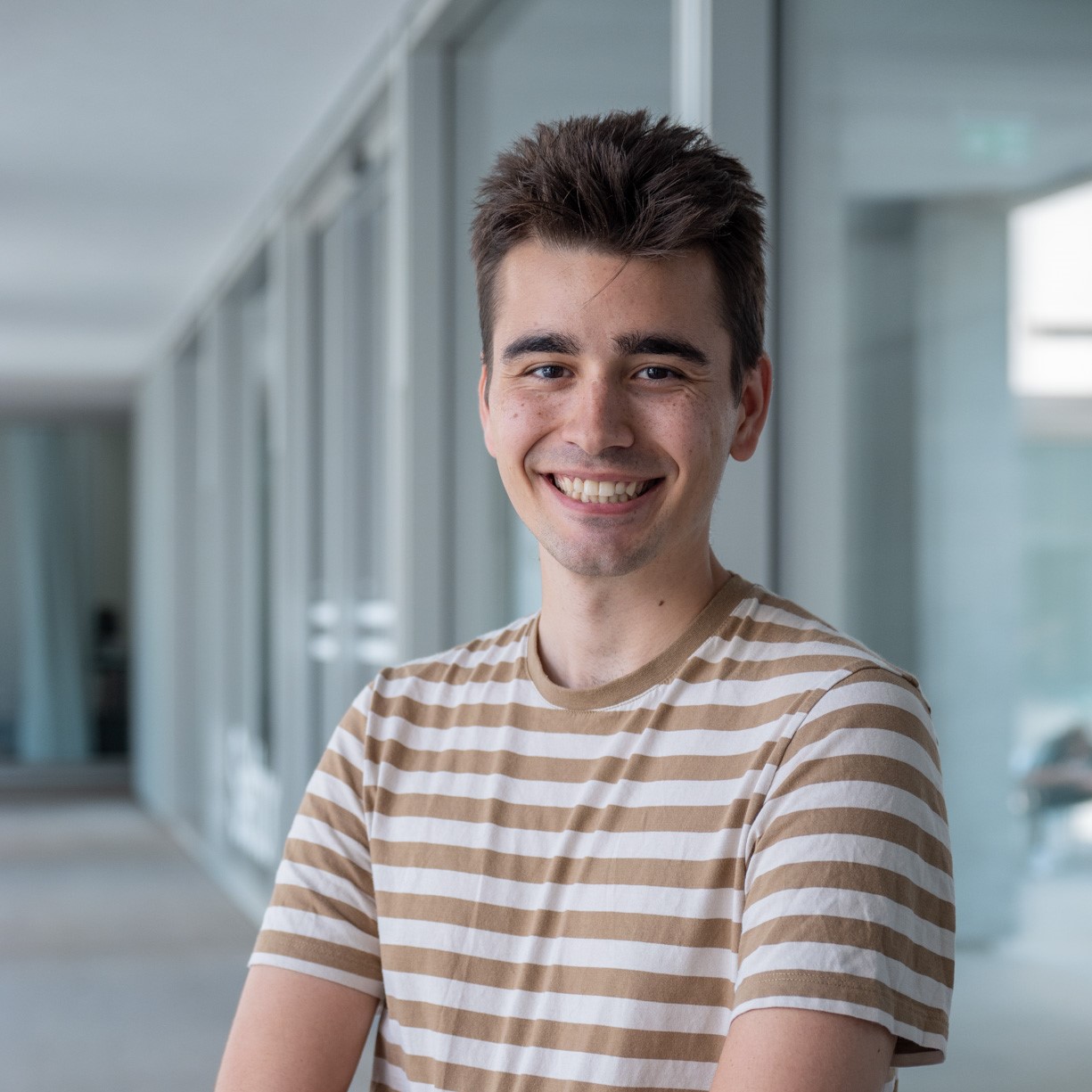
I am a PhD Student on Computer Graphics at IDSIA-USI (Lugano, Switzerland) under the supervision of Piotr Didyk. My research focuses on leveraging inverse graphics to improve applications in vision, rendering and fabrication. During my PhD I had the opportunity to intern at Meta Reality Labs working alongside the talented Monaco Rendering Team, working on accelerating physically-based volume rendering for photorealistic avatars, under the supervision of Christophe Hery and Adrián Jarabo. Starting from Summer 2025 I will be joining NVIDIA as a Research Scientist Intern at the Toronto AI Lab, under the supervision of Zan Gojcic. I'm also an avid photographer and I love trekking in my spare time.
Representative works are highlighted
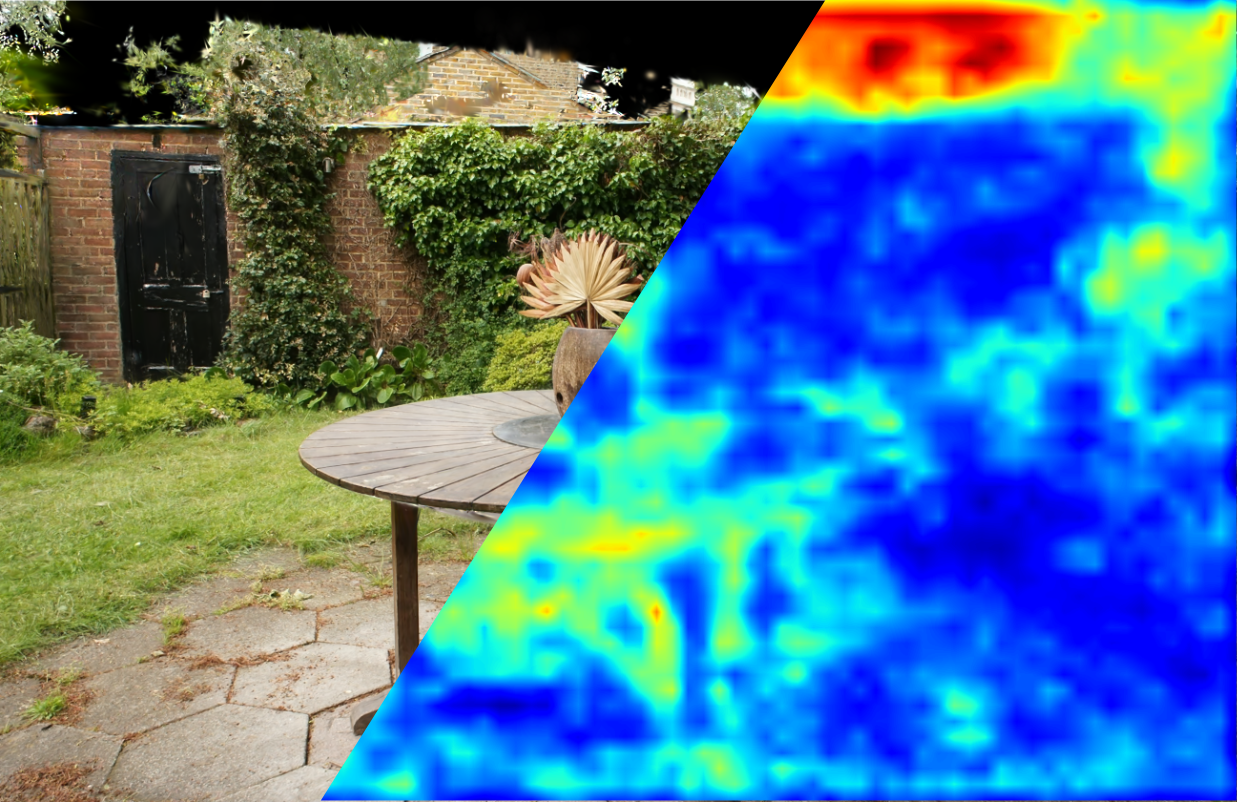
Proc. of the International Conference on Computer Vision [ICCV'25]
A novel no-reference metric to spatially assess 3D reconstructed view quality using perceptual embeddings, through an efficient patch-wise similarity computation between the training dataset and the evaluated view. Surpasses even direct reference metrics in human assessment correlation tests. We leverage it in automatic, recursive in-painting for artifact restoration.
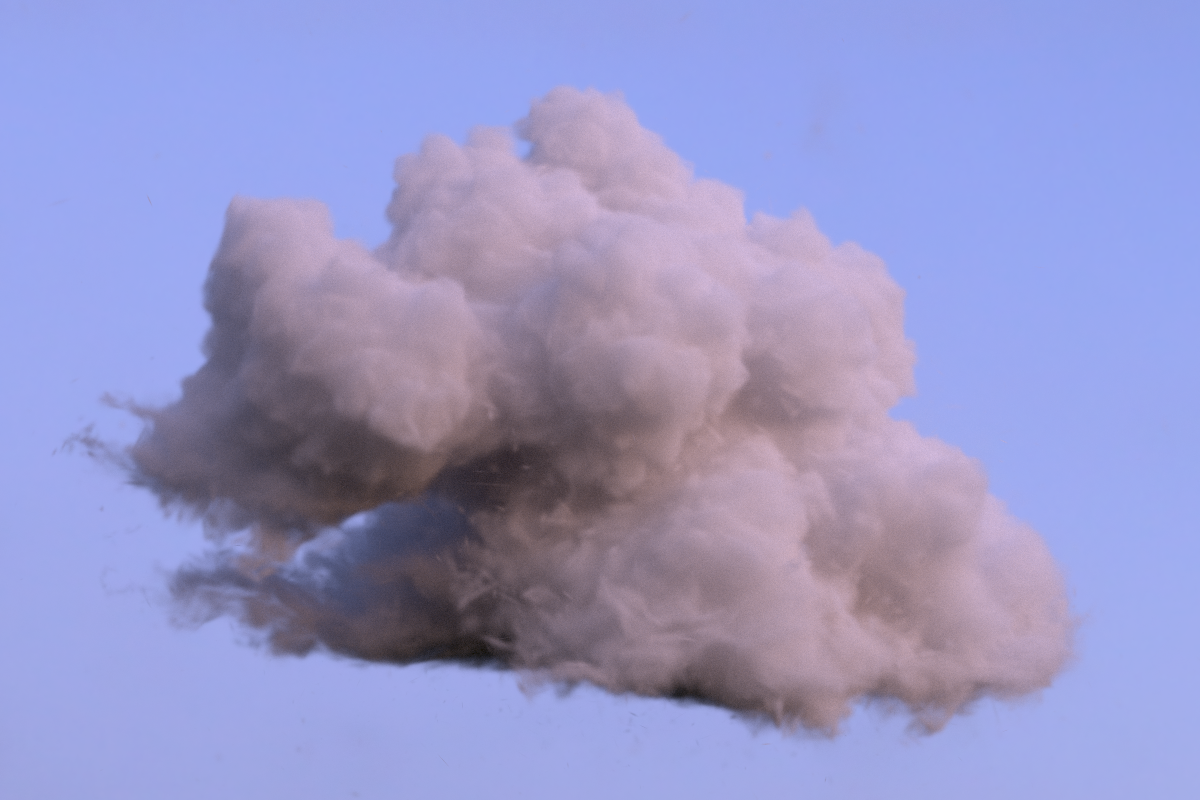
ACM Transactions on Graphics (to be presented at SIGGRAPH'25)
Banking on the popularity of rasterized 3D Gaussian Splatting methods, we formalize the ray-tracing of volumes composed of kernel mixture models (Gaussian or otherwise). Our physically-based, path-traced formulation allows us to render and optimize both scattering and emissive volumes, as well as radiance fields, in an extremely efficient and compact manner. We also introduce the Epanechnikov kernel as an efficient alternative for the Gaussian kernel in radiance field rendering, and showcase the advantages of a ray-traced framework, while maintaining real-time performance.
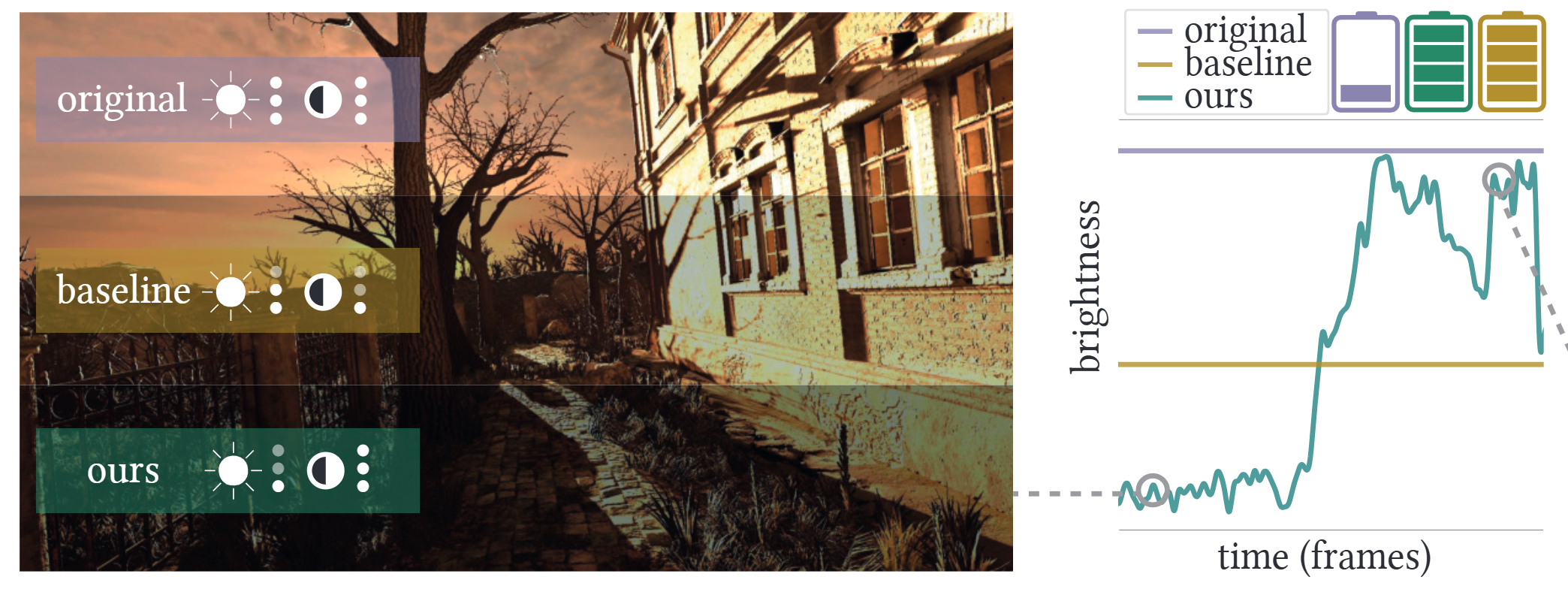
Eurographics Symposium on Rendering [EGSR'25]
Leveraging and extending low-level vision models to optimize energy consumption in VR displays, in two flavors: an optimization process minimizing contrast loss for offline content, and a PID control-inspired scheme for real-time rendering.
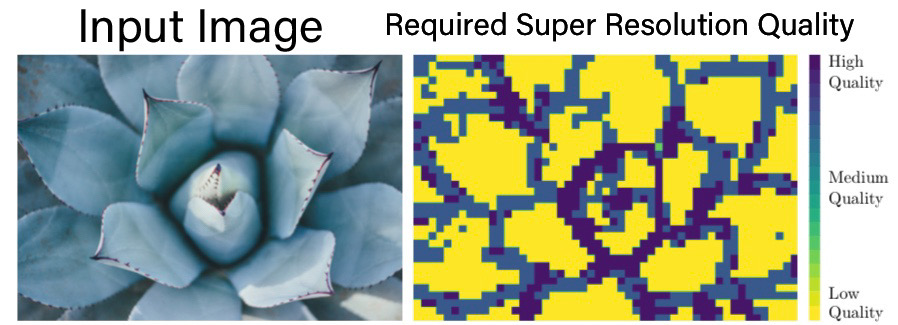
Proc. of the Workshop on Human-Inspired Computer Vision at ICCV [HiCV, ICCV Workshops'25]
We leverage low-level human vision models to drastically improve the efficiency of learned Super Resolution (SR) models. Our key insight is that compute should be focused on areas that are perceptually significant to the human eye. By parameterizing the upsampling capacity of any off-the-shelf SR model in the frequency domain, we can adaptively upsample content based on the capacity of a human observer to perceive the difference between cheap/simple upsampling (i.e. bicubic interpolation) and expensive learned models, smoothly filling the gap in between through model branching and quantization strategies.
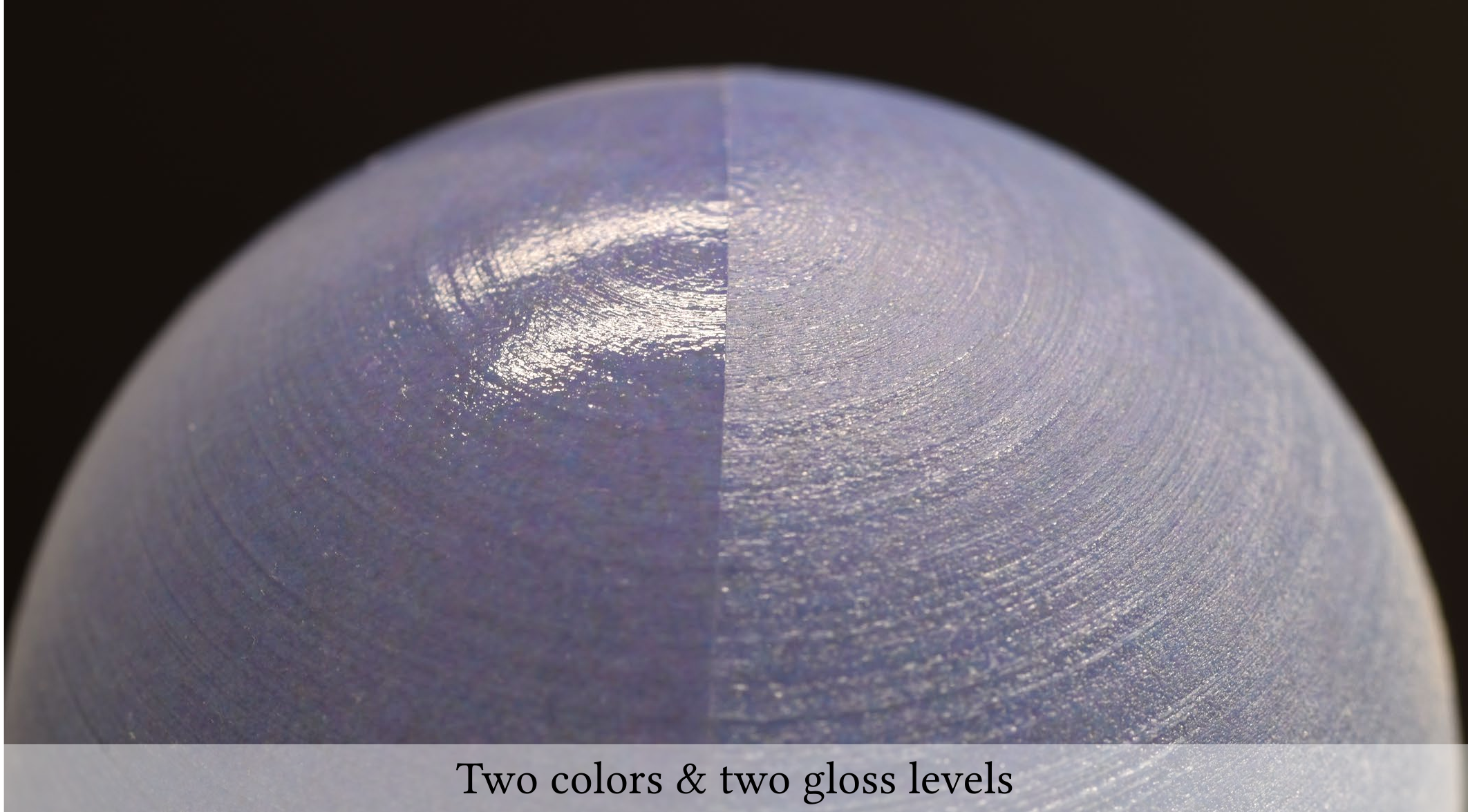
Proceedings of SIGGRAPH [SIGG'23]
We measure, model and correct perceived color shifts in 3D printed objects with different levels of gloss. To formulate the correction we conduct novel perceptual experiments and propose an optimization procedure solved using differentiable rendering.
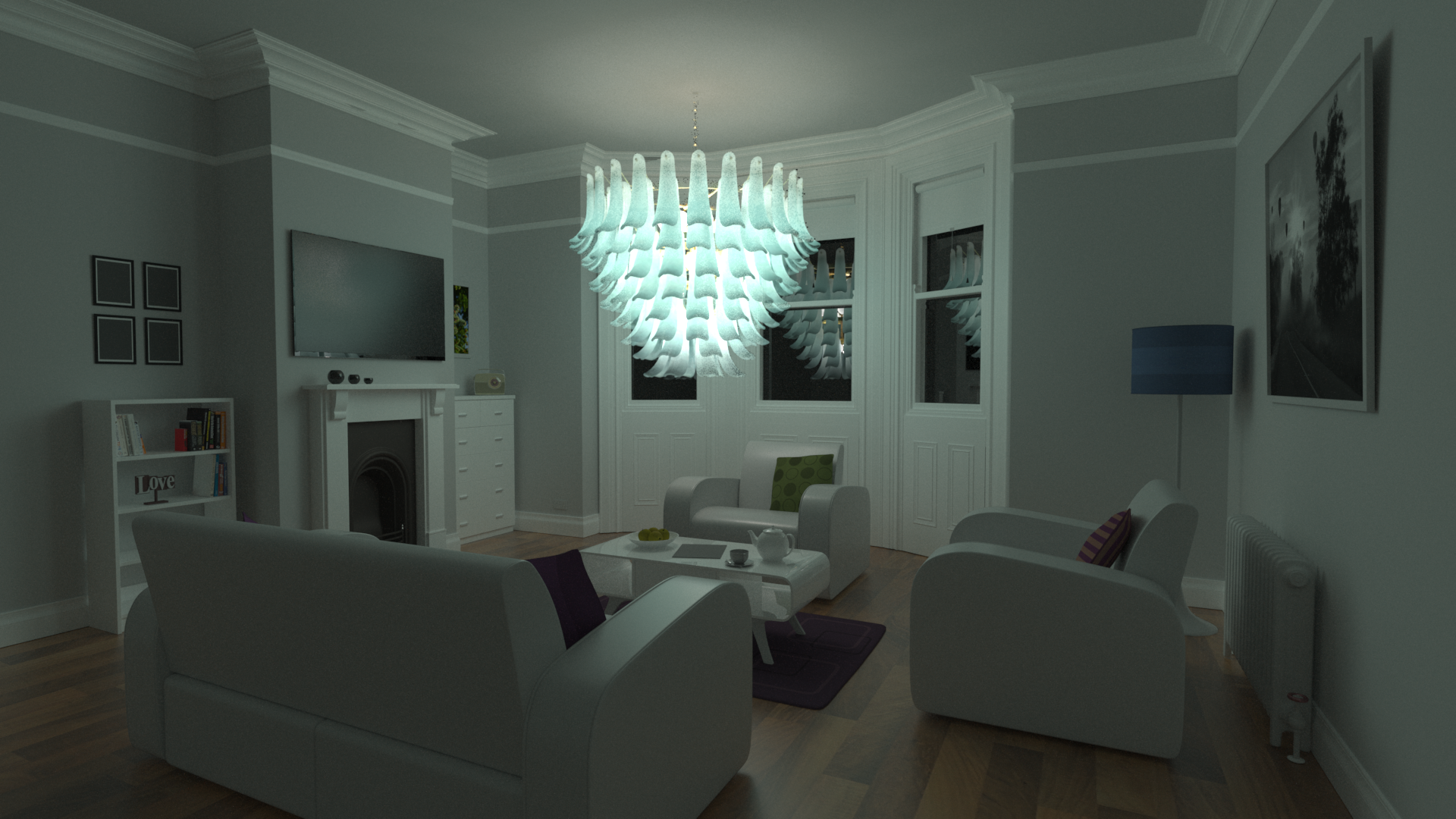
Eurographics Symposium on Rendering [EGSR'22]
An efficient method for rendering complex luminaires using a high quality octree-based representation of the luminaire emission modelled through Neural Radiance Fields, achieving up to x100 speedups over explicit modelling
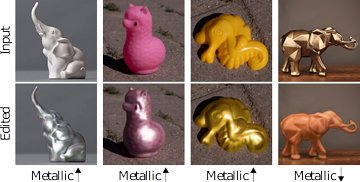
Computer Graphics Forum, presented at Eurographics 2022 [CGF'21]
An image-based editing method that allows to modify the material appearance of an object by increasing or decreasing high-level perceptual attributes, using a single image as input.

Jornada Jóvenes Investigadores I3A 2021, Poster Session [JJI-I3A'21]
We apply recent advancements in generative neural networks and an untapped dataset to the problem of volume estimation from a single RGB input and train a model that performs the task efficiently, ready to deploy in other vision and computer graphics pipelines
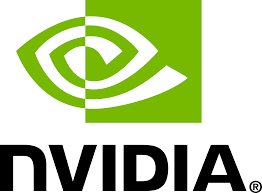
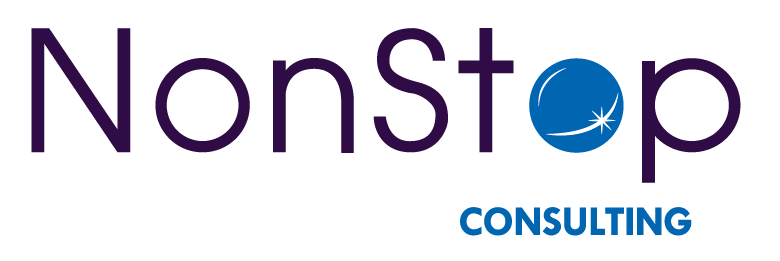
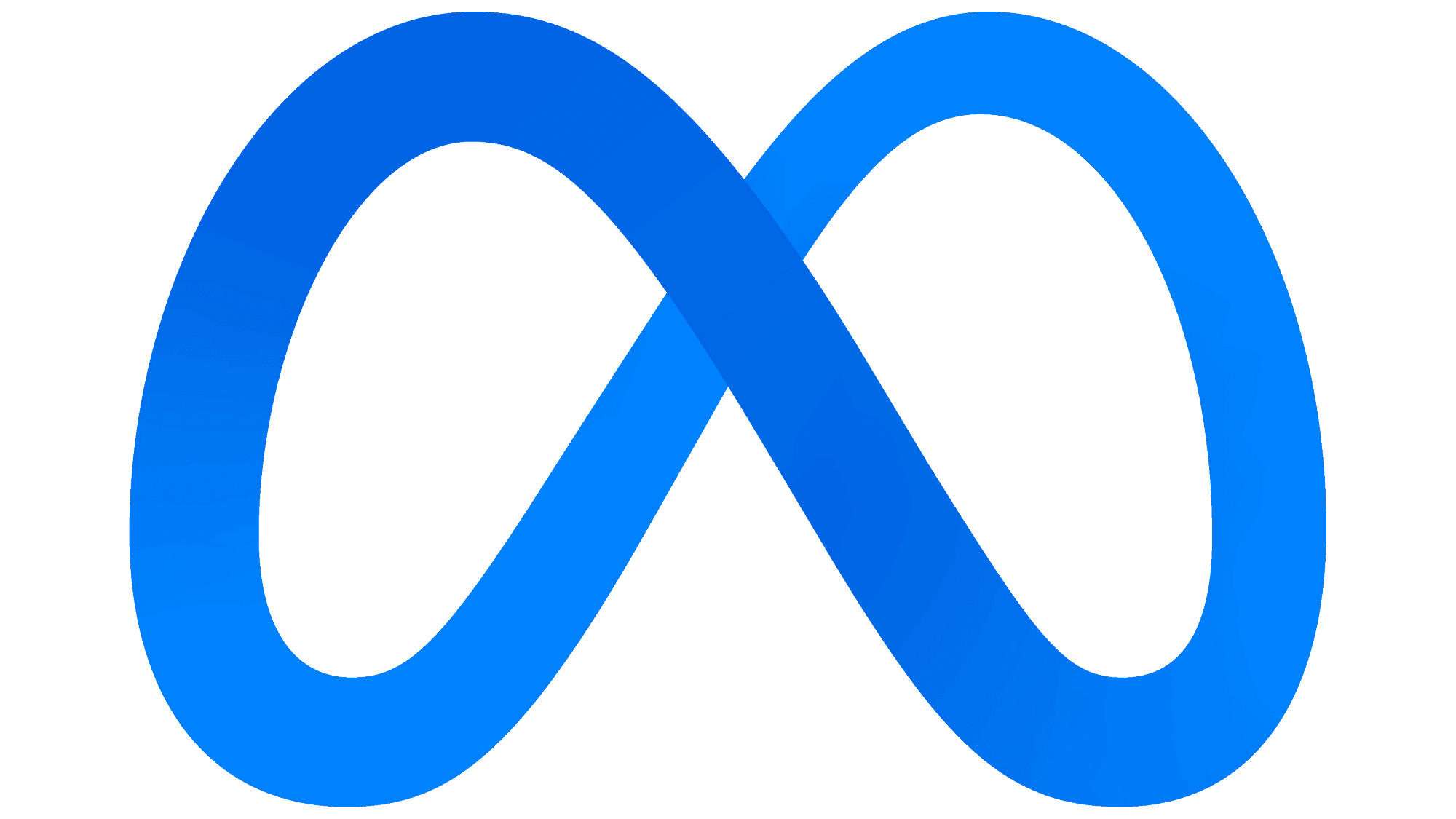
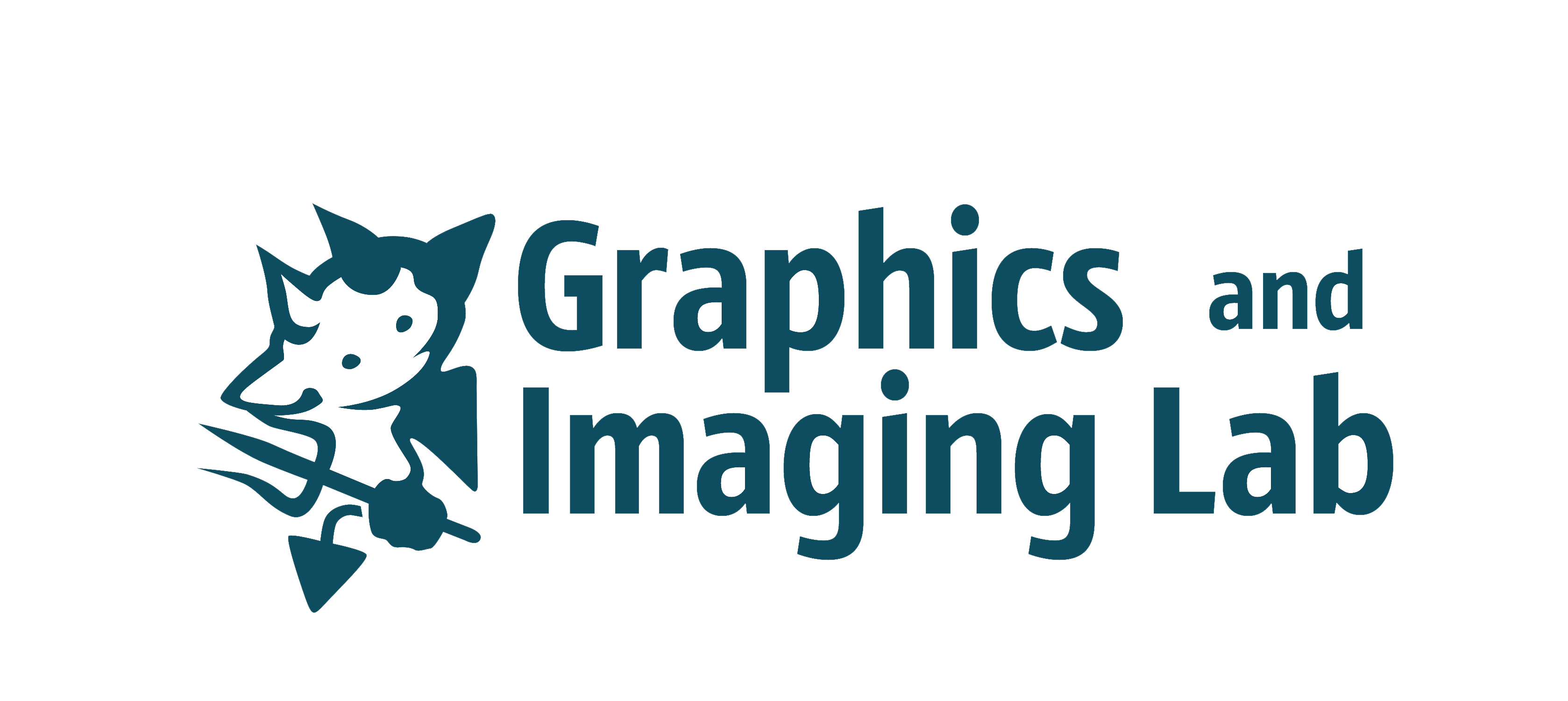
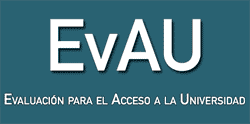
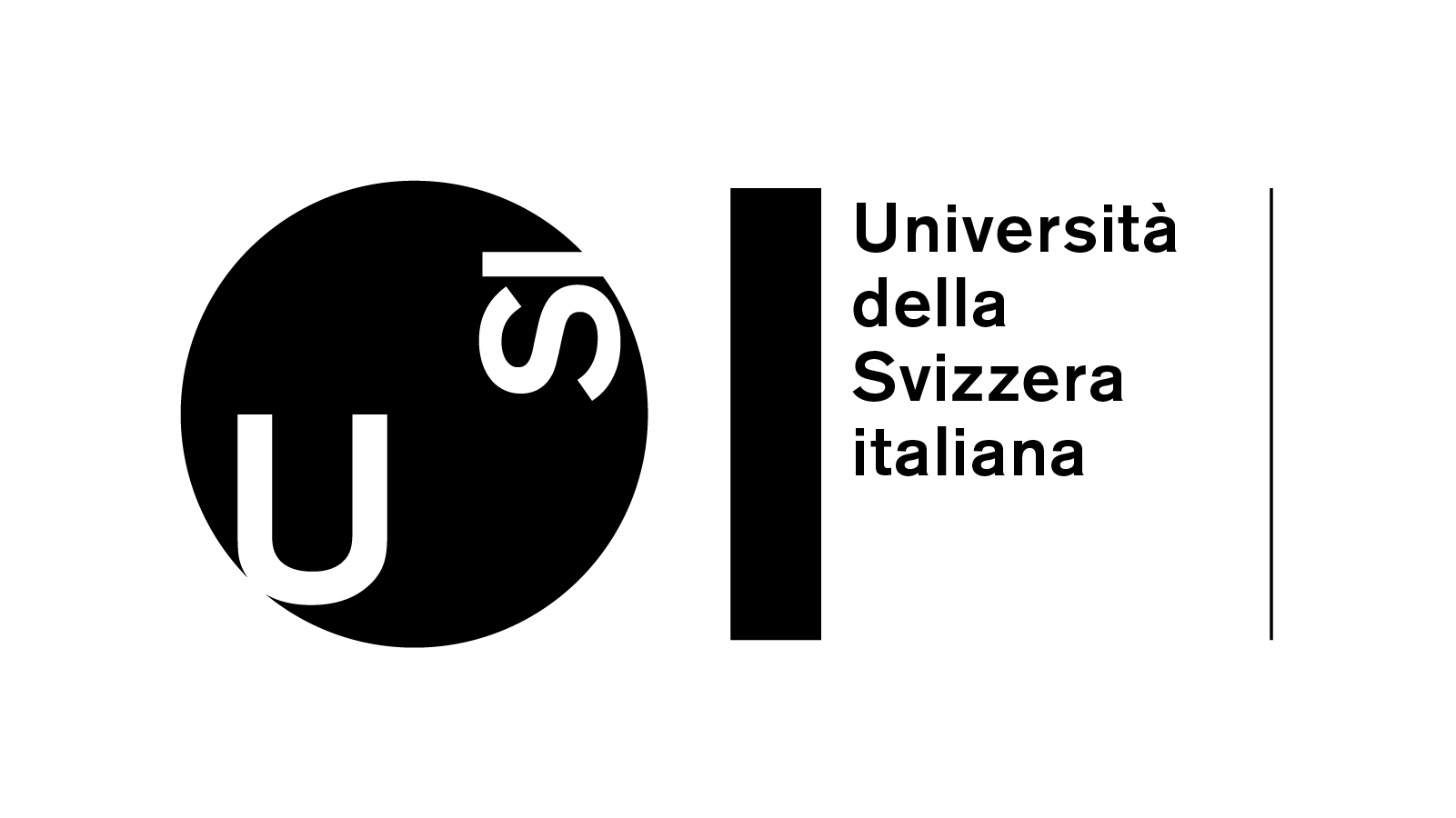
Development of assignments and exams, grading, onsite teaching of exercise lectures, student tutoring on BSc and MSc courses on digital image and video processing and computer graphics

USI Lugano, Switzerland
USI Lugano, Switzerland
Reinforcement Learning for Importance Sampling of Neural Radiance Fields
Perceptually-Driven Neural Inpainting for Seamless 3D Reconstructions Best Master Thesis Award in USI 2025 [Press]
Efficient Physically-Based Rendering of Kernel-based Volumes
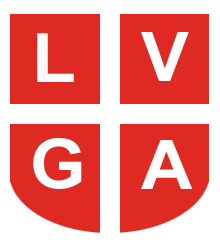
Development of an IoT device based on LoRA and ESP32 for plant health monitoring and control with highschool students as part of their Maturity Projects (Lavoro di Maturità or LaM).

PhD Candidate on Computer Graphics under the supervision of Prof. Piotr Didyk. My research focuses on leveraging inverse graphics to improve applications in vision, graphics and fabrication.
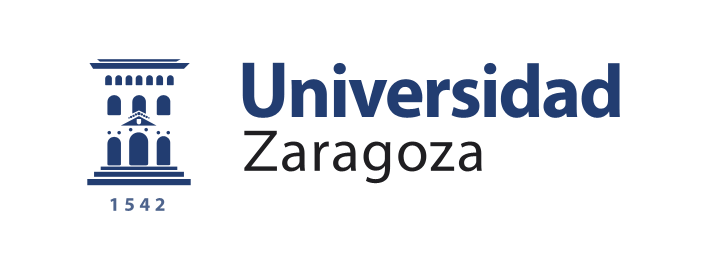
Finished #3 (top 10%) of my class. Highly competitive Master with a strong research focus. Took courses on Deep Learning, Computer Graphics, VR, Computer Vision, SLAM and Robotics. Obtained Honors in my Master Thesis and in the Modelling and Simulation of Appearance course (Advanced PBR Computer Graphics course), where I developed a path tracer based on Nori (educational Mitsuba) and implemented many features including a full volumetric path tracer for both homogeneous and heterogeneous media and fur rendering. Got Honorable Mention (second prize) in the Rendering Contest judged by Marcos Fajardo, Matt Chiang, and Wojciech Jarosz (check my submission here )
University was Ranked #1 in Spain in Computer Graphics, Robotics and Computer Vision in 2020-2022(edurank)
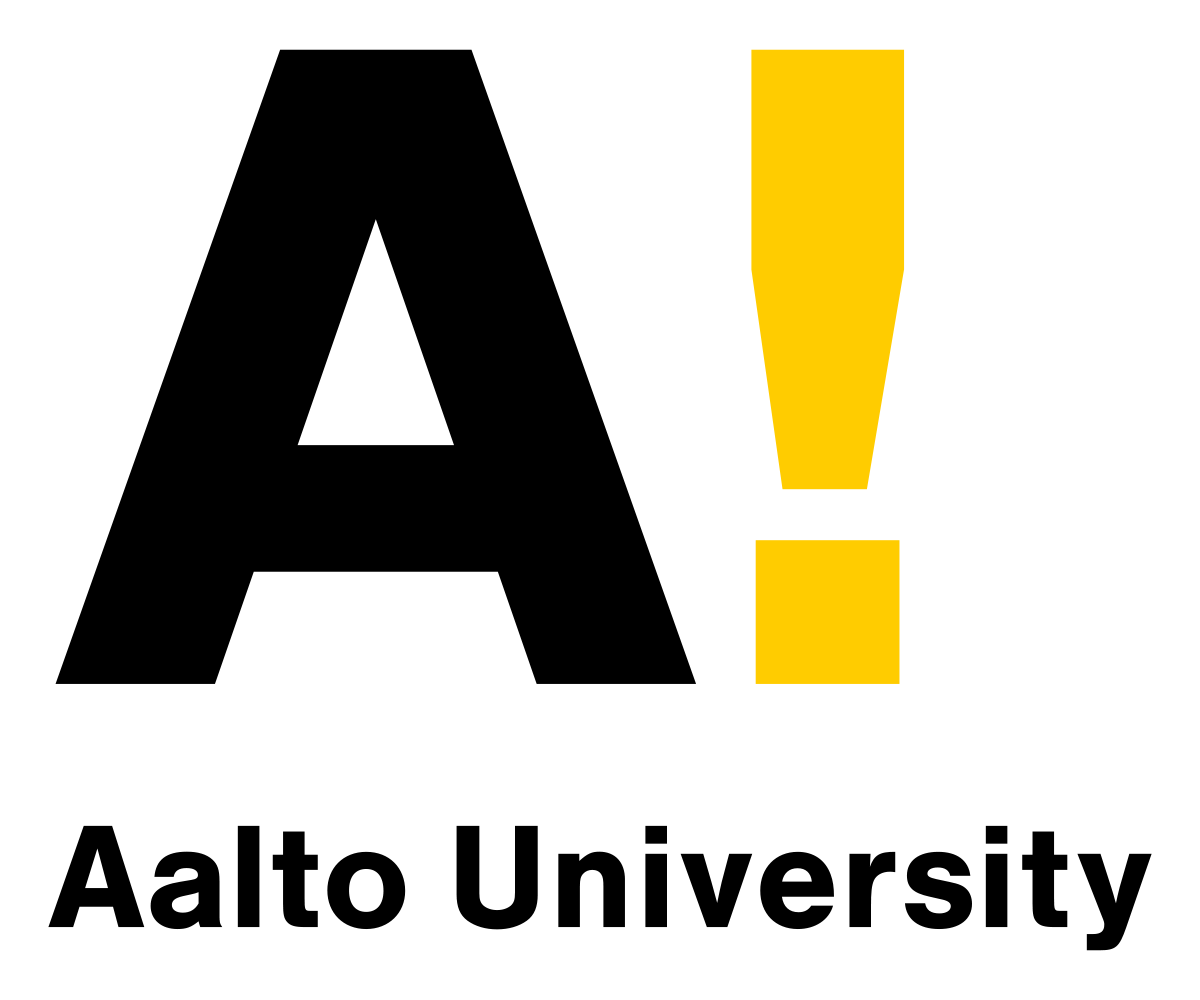
Took Master-level courses in the fields of AI, electronics design and robotics, working in a highly cooperative and diverse environment

Finished #3 (top 7%) of my class. Special interest in digital and analog electronics, robotics and machine learning. Class delegate for several years. Obtained Honors in Digital Electronics, Thermodynamics, Chemistry and Fundamentals of Electronics